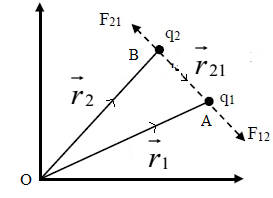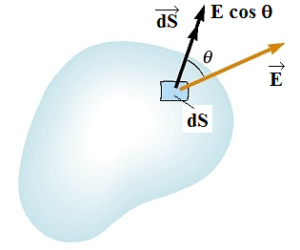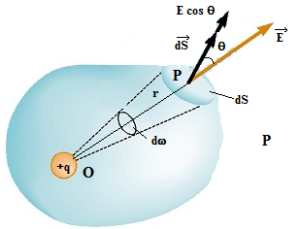Science > Physics > Electrostatics > Electric Potential Electric Potential at a Point: The electric potential at any point in the electric field is defined as the work that must be done by the external force to move unit positive charge from infinity to that point without acceleration. If W is the work done in […]
Categories
Electric Potential
- Post author By Hemant More
- Post date April 15, 2020
- No Comments on Electric Potential
- Tags Attractive force, Coulomb, Coulomb's law, Dielectric constant of medium, Electric dipole, Electric dipole moment, Electric field, Electric field intensity, Electric flux, Electric intensity, Electric potential, Electron volt, Electrostatics, Gravitational force, Lines of force, Lines of induction, Nature of force, Non-uniform electric field, Potential difference, Principle of superposition of forces, Radial electric field, Repulsive force, Static electricity, Tubes of induction, Uniform electric field, Unit of charge



